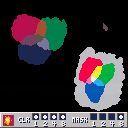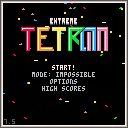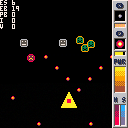I wondered if it was practical to save tokens and do more "visual" editing of palettes, color ramps, etc. by embedding a palette in the sprite sheet.
The answer is "no", but it was an interesting experiment:
This cartridge contains two different formats for reading a palette out of a sprite sheet: as a pair of 4x4 blocks (total space 8x4) and as a pair of rows (total space 16x2). One 16-pixel unit is the "palette" part, the other is "control bits". The control bits are:
0x1-- "high color" (add 128 to the color)0x2-- transparent: mark this color as transparent in sprites0x4-- opaque: mark this color as not transparent in sprites
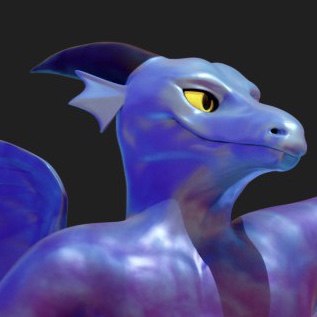
So I wanted to experiment with Pico-8's bitplane drawing features (see https://www.lexaloffle.com/bbs/?tid=54215) and specifically to see if I could make a palette that worked sort of like the idea behind 16-color CGA: four-channel (one bit per channel) RGBI color. (Pico-8 doesn't have quite enough blue for this to work comfortably but I'll keep experimenting.) But to play with it, I wanted to be able to scribble with the palette, drawing "with specific bits".
So I threw together a thing!
This mouse-driven cart lets you scribble using a velocity-sensitive pen. Left four checkboxes in the tool panel set the high four bits of the palette mask, right four set the low four. (For some reason this made more spatial sense to my brain for where "color" and "mask" go even though it's backwards from the bits.) Click the "explosion" button to clear the drawing area. I have been too lazy to implement a KABOOM sound effect but patches are welcome.
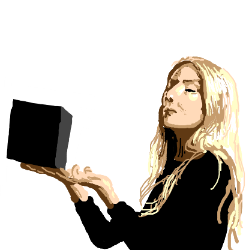
So, @Nyeogmi and I have been tinkering with @Vanessa's PicoTetris. I've been giving it more and more mechanics inspired by Tetris: The Grand Master, and Nyeogmi has been finding ways to keep the game running at 60FPS despite the stuff I've done to it. So, together, we present: Extreme Tetrom! Immensely more TGM-like and 100% less trademark-infringing.
Updated 2023-9-12 - Ver. 7.5 - Save-Compatible to 7.0 or later
Extreme Tetrom is a homage to Tetris: The Grand Master, Arika's series of Tetris games designed to become very difficult, providing new challenges to experienced players. It isn't a clone of any TGM game - it has its own difficulty curves, grading system, and surprises - but it should feel familiar to TGM players. Using a variation of Super Rotation System - the "normal" Tetris rotation system in modern games - it should feel familiar to Tetris players who have never played a TGM game, too!


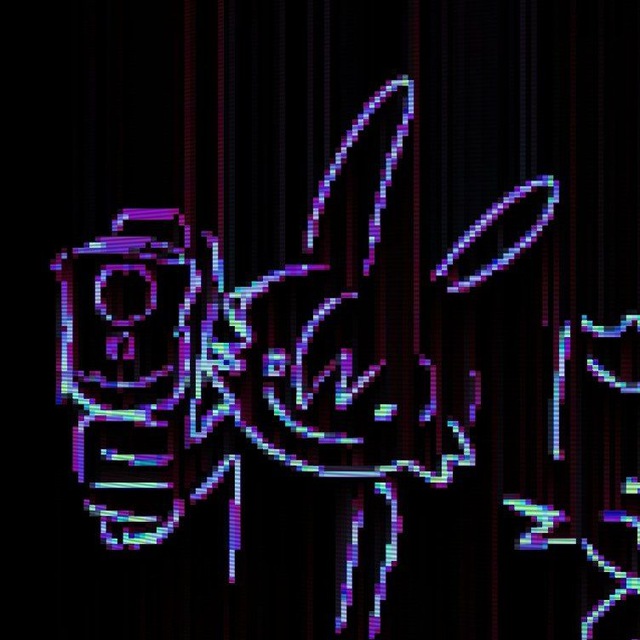



Hey all,
I've built a shoot-em-up game engine inspired by Tyrian, a classic of the genre released for MS-DOS in 1995. I'm stuck for now on my lack of artistic skill for graphics, art, a title screen, a menu...
I'm a fan of declarative programming, so I've gone pretty far down that path. The base implementations of ships, guns, and bullets handle clamping to the screen space, autoscrolling, acceleration + momentum + drag, damage, regenerating shields, limited power from a generator (which your weapons and shields both draw from), moving in straight lines (for bullets), limited ammo (optional), and poorly-animated explosions.
I've implemented powerups for recovering health and switching weapons. Weapons can have limited ammo.








 2 comments
2 comments
